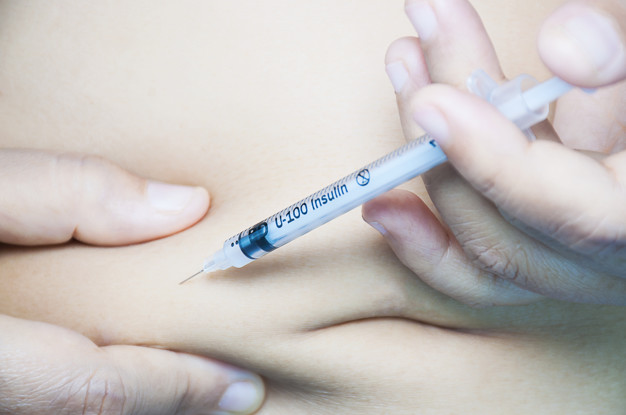

If you’ve been prescribed a self-administered drug such as insulin, which you need to take at home regularly, you will have to consider many factors. The most essential of these is choosing the right syringe for insulin injection.
Choosing the syringe and needle of the correct size and type is essential to ensure proper administration, correct dosage, and minimal pain. Apart from the syringe, you will also have to learn the safest method for administering insulin.
Your doctor will probably show you how to administer the insulin at home, including which needles and syringes to use. However, it doesn’t hurt to familiarise yourself with the size of syringes and Insulin injection needles, as well as the types of syringes you can use at home.
Let’s start with the types of syringes you can use.
Which Type of Syringe Must I Use?
There are mainly two insulin injection syringe types available for administering insulin at home. They are:
- Insulin Pen Syringes
Insulin pen syringes, as the name suggests, resemble pens due to their shape and structure. Pen syringes are growing in popularity, and many diabetic patients nowadays use a pen syringe for their insulin needs. These pen syringes allow a more accurate, convenient, and simple delivery than the traditional vial and syringe.
Not every diabetic person needs to administer insulin. However, those who do sometimes find sticking to an insulin schedule demanding, draining, and disruptive. That’s why many diabetic people prefer pen syringes to make administering insulin less inconvenient and intrusive.
- Disposable Syringe
An insulin pen can be a bit on the expensive side. If you can’t afford it, you will have to go with the traditional vial and needle solution. The best option available to you is using a disposable syringe. Disposable syringes are relatively inexpensive syringes used for insulin injection and don’t require cleaning or sterilisation, as they are fit for only a single-use.
Which Needle Size should I choose?
Choosing the right needle size depends on two factors: the needle’s gauge and the needle’s length.
You must choose a gauge needle for insulin injection of the right size to ensure the proper delivery of medication. If you’ve been prescribed a small dosage, you must go with a high-gauge needle as it will cause less pain while injecting. For larger doses, you will require a wider needle with a lower gauge. While it may hurt more, a wider, lower gauge needle will deliver the medication much faster than a higher-gauge one.
As for the length, the best choice will depend on your body size and the area of needle insertion. For subcutaneous injections or injections that deliver the medication below the skin, you require a relatively shorter needle. Whereas, if the medicine is to be delivered directly to a muscle, you might need a longer and much thicker needle.
The insulin syringes are available in economy multipacks as well as unit packs of 10 pieces. These syringes come in a double laminated plastic film or in a single unit in a ribbon pack. Depending on your preference, you can choose between multipack or unit pack syringes. Both multipack and single pack syringes have the same number of syringes. The only difference is the size of the syringes.
Moreover, the needle’s length may also depend on your body fat percentage. If you’re on the thinner side, you might get away with using a short needle. For the ones on the heavier side, you may require a longer one.
What Happens If I Choose The Wrong Syringe Size?
A syringe of the wrong size can lead to incorrect dosage, which can cause many health issues, such as hyperglycemia. Hyperglycemia refers to a condition where your body exhibits a high blood sugar level. It usually occurs in diabetic patients when their bodies can’t produce or utilise insulin.
However, hyperglycemia can also occur due to incorrect dosage arising from a smaller-sized syringe. For instance, if your prescribed dosage is 1ml, and you’re using a 0.5ml syringe, it can lead to a deficit of dosage. Moreover, using a syringe smaller in size also means that you’ll have to inject yourself twice, which can be very painful.
If not treated promptly, hyperglycemia can inevitably lead to diabetic ketoacidosis, or in the worst-case, diabetic coma.
Parting Thoughts
In a nutshell, choosing the right syringe and needle for insulin injections is a vital process, which will ensure proper dosage, prevent pain, and help you evade severe diabetic conditions such as hyperglycemia. Moreover, along with the right equipment, it would also help if you learned the correct technique for administering insulin. If you’re unsure about the right equipment and technique, don’t hesitate to contact your doctor.

Add Comment